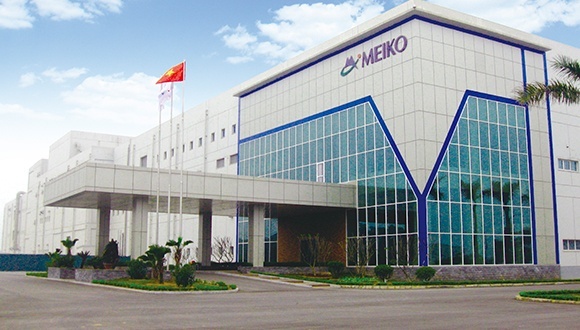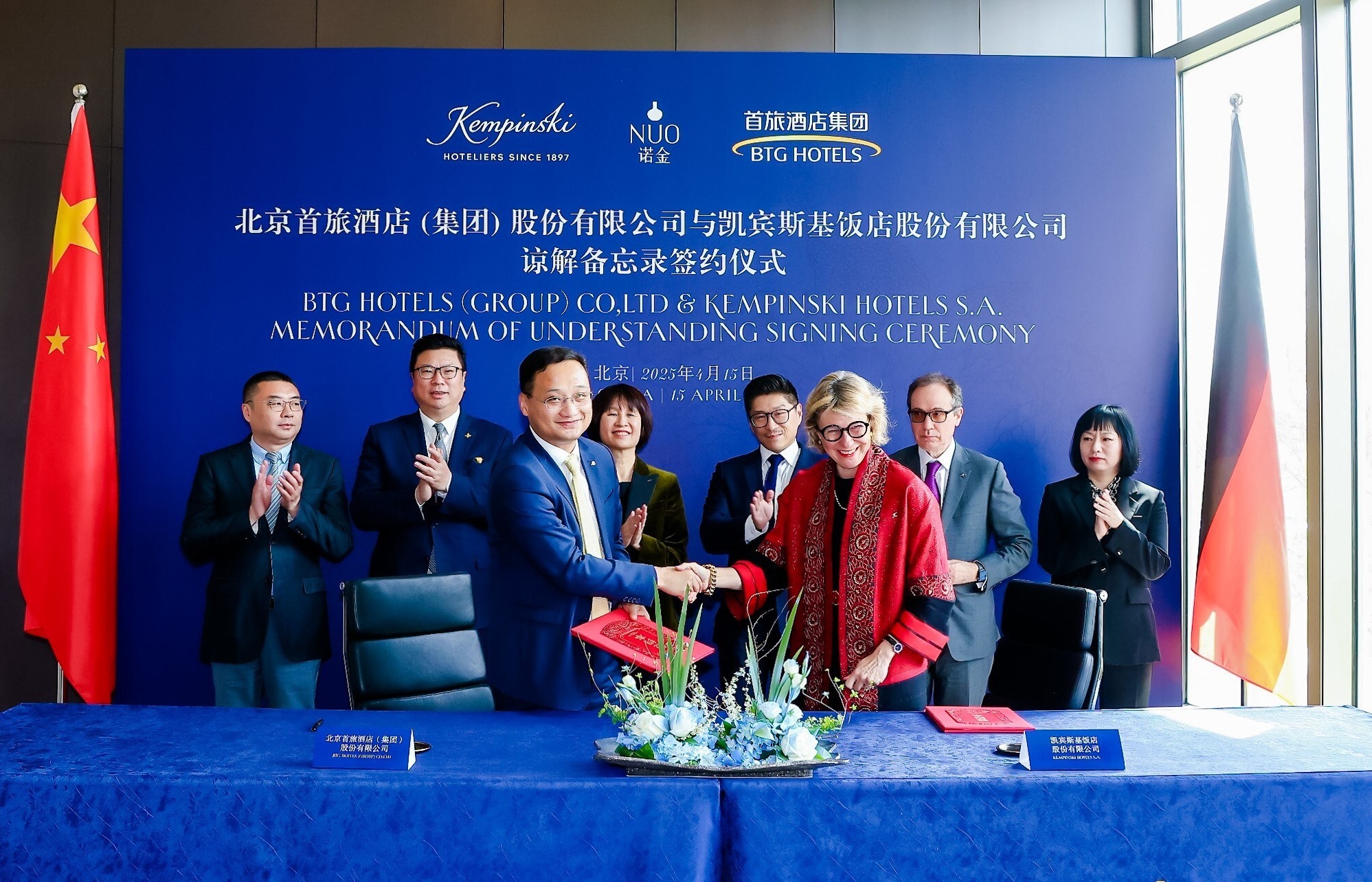Vietnam labour growth unaided by FDI support
 |
| Productivity increase is the key to Vietnam’s sustainable growth, Photo: Le Toan |
Professor Kenichi Ohno from Japan’s National Graduate Institute for Policy Studies has been researching Vietnam’s economy for 22 years, with a focus on domestic labour productivity and investment.
As a control, he looked at the example of South Korea’s economy. He found that one of the reasons South Korea has developed more quickly than Vietnam is that Korean firms aggressively pursued knowledge transfer from their Japanese partners to improve their productivity. In this way, many have developed into big and even global firms, such as was the case with steelmaker Posco learning from Nippon Steel.
However, this dynamic has not worked for Vietnam.
“Twenty-two years ago, when I came to Vietnam for the first time, I saw that Vietnamese workers’ quality was almost poor,” Ohno told VIR. “But now I see the situation is almost the same, though there has been a rise in the number of skilled workers. Vietnam’s productivity has yet to improve significantly.”
Downtrend in growth quality and productivity
According to the International Labour Organization, labour productivity is an important economic indicator closely linked to economic growth, competitiveness, and living standards within an economy. It represents the total volume of output (measured in terms of GDP) produced per unit of labour (measured in terms of the number of employed persons) during a given time.
At last week’s Vietnam Development Forum (VDF) 2017 – an official policy dialogue between Vietnam’s government and development partners – Minister of Planning and Investment Nguyen Chi Dung stated that Vietnam’s reform of the past 30 years has turned it into a middle-income developing country.
Vietnam’s economic growth is, however, witnessing a downtrend, from an average 7.3 per cent in the 1990-2000 period to 6.7 per cent in the 2001-2010 period, and 5.96 per cent during 2011-2016. The rate is expected to be 6.7 per cent for 2017.
However, growth over the years has been largely based on increased investment capital, low labour costs, and resource extraction. Thus its quality is low.
“That growth model is no longer appropriate in the current context, as the global and domestic situation has changed, especially in light of how the Fourth Industrial Revolution will bring many opportunities but also many challenges for the Vietnamese economy,” Dung noted.
“The old model cannot help us grow rapidly and sustainably, to improve people’s living standards and narrow the development gap with other countries. Productivity increase is the key to sustainable growth. This is one of the core issues for the Vietnamese economy today.”
According to the Central Institute for Economic Management (CIEM), productivity has increased more slowly than economic growth. Labour productivity rose 5.29 per cent last year and 5.87 per cent this year, while total-factor productivity (TFP) was 40.68 per cent of GDP last year and 44.13 per cent this year.
TFP is a measure of the efficiency of all inputs to a production process. Increases in TFP usually result from technological innovations or improvements.
Ohno said, “This is a dismal picture of Vietnam’s productivity.
“Growth has slowed down because labour productivity growth has slowed down. Vietnam’s labour productivity reflects capital deepening [in terms of investment volume], while TFP almost stagnates at zero. Vietnam’s past growth was driven by quantity, or capital and labour inputs, not quality – or productivity.”
Under a Ministry of Science and Technology survey, only 10 per cent of local firms employ modern technologies or focus on intensive training for human resources.
According to CIEM, in order to reach a set goal of an annual GDP growth rate of 6.85 per cent over the next three years – or 6.5-7 per cent growth in the 2016-2020 period, productivity must be pushed up, at an annual average rate of 6 per cent, versus an annual average rate of 4.6 per cent for the 2011-2015 period, and 5.5 per cent for the 2014-2016 period.
“Thus, productivity must climb by an additional 26 per cent per year as compared to the 2011-2017 period, and an additional 10 per cent as compared to the 2014-2016 period. This is quite a challenging goal for Vietnam,” said CIEM’s head Nguyen Dinh Cung.
At the forum, Prime Minister Nguyen Xuan Phuc also noted that Vietnam’s labour productivity remains very low, equal to 16.5 per cent of Malaysia’s and 38 per cent of Thailand’s.
“Increased productivity is vital to Vietnam’s GDP growth. It contributes 89 per cent of GDP this year, up from 66 per cent in the 1990-2000 period, and 61.9 per cent in the 2000-2012 period,” Phuc said. “Increasing productivity is a very big challenge for Vietnam.”
FDI-local firm linkage
Attracting foreign direct investment (FDI) is a significant policy priority in Vietnam. This is with a view to creating jobs and injecting capital into the domestic economy. Moreover, FDI often brings new technologies and innovations. These are potentially an important source of productivity growth as they may help host country domestic industries catch up with the international technology frontier.
According to Ohno, one of the most effective ways for Vietnamese firms to raise their productivity is to co-operate with foreign-invested enterprises (FIEs) via a national high-quality FDI attraction strategy.
Two weeks ago, Korea’s Samsung announced in Vietnam that it has completed a programme supporting 12 Vietnamese vendors, and in 2017 it had 29 tier-one vendors in the country.
With projects in the northern provinces of Bac Ninh and Thai Nguyen and in Ho Chi Minh City, Samsung has become Vietnam’s biggest foreign investor, with total registered investment capital of $17.3 billion.
However, in order to secure inputs for production, the firm has to selectively co-operate with some local firms via technical assistance. Samsung hopes that it will have 50 tier-one vendors in the country by 2020.
Hoang Anh Tuan, president of Viet Hung Plastic Company – one of the firms receiving mentoring from Samsung – told VIR that thanks to Samsung’s mentoring, Viet Hung’s production error rate has decreased to 0.6 per cent from 1.7 per cent. The product performance indicator also hit 100 per cent, plastic quality improved 100 per cent, and line productivity rose 73 per cent.
In another case, Tien Thanh Corporation – a tier-two vendor for Samsung Display Vietnam and Samsung SDI Vietnam – also received direct support from Samsung. After a few months of mentoring, Tien Thanh’s printing error rate has fallen from 6 to 0 per cent, and its labour productivity has increased from 600 products per hour to 700 products per hour. The rate of products with errors has been reduced by 71 per cent, and inventory costs have also fallen 26 per cent.
However, Ohno said the number of local vendors for major firms like Samsung, Intel, Toyota, and Honda remains “too small”, as compared to about 500,000 local firms whose competitiveness is quite weak.
“We see that in Vietnam there are only a number of enterprises aggressive in learning experiences from foreign companies, having become vendors to some Japanese firms like Toyota or Honda,” he said. “Generally speaking, almost all Vietnamese enterprises remain passive, as they want support from the government, without finding out solutions for themselves to develop. Thus it is difficult for Vietnam to catch up with other nations due to its low productivity.”
CIEM’s Cung also argued that that the FDI-local firm linkage remains weak, with FIEs’ technology transfer to domestic firms still very limited.
A recent CIEM survey, polling over 38,731 local and foreign firms in Vietnam on firm-level technology and competitiveness in the country, showed that over 80 per cent of technology transfers took place between local firms in the past five years, if firms from both the same and different sectors are taken into consideration. In the survey, foreign firms were found to have been responsible for just under 20 per cent of technology transfers to domestic firms.
“Overall, technology transfer primarily takes place among domestic firms in Vietnam, suggesting that FDI may not be as effective a way toward technological advancements as believed,” said Professor John Rand from the University of Copenhagen, which assisted with the survey.
What the stars mean:
★ Poor ★ ★ Promising ★★★ Good ★★★★ Very good ★★★★★ Exceptional
Latest News
More News
- Lego opens its 'most environmentally sustainable' plant in Binh Duong (April 10, 2025 | 09:30)
- Financial centres will ensure new standards (April 09, 2025 | 08:55)
- Spanish PM’s trip paves way for stronger cooperation with Vietnam (April 08, 2025 | 16:01)
- Ho Chi Minh City’s financial ambitions must possess the authority of the tiger (April 08, 2025 | 15:50)
- AmCham urges US to consider tariffs grace period (April 04, 2025 | 16:34)
- The Ministry of Finance commits to support Intel (April 04, 2025 | 16:11)
- Robust market could pull in fund appetites (April 04, 2025 | 15:52)
- Foreign direct investment off to stirring start in 2025 (April 04, 2025 | 15:44)
- Leaders vow to soothe FIE project headaches (April 04, 2025 | 15:10)
- Korean groups call for tax processes to be timely ironed out (April 04, 2025 | 15:01)

















 Mobile Version
Mobile Version